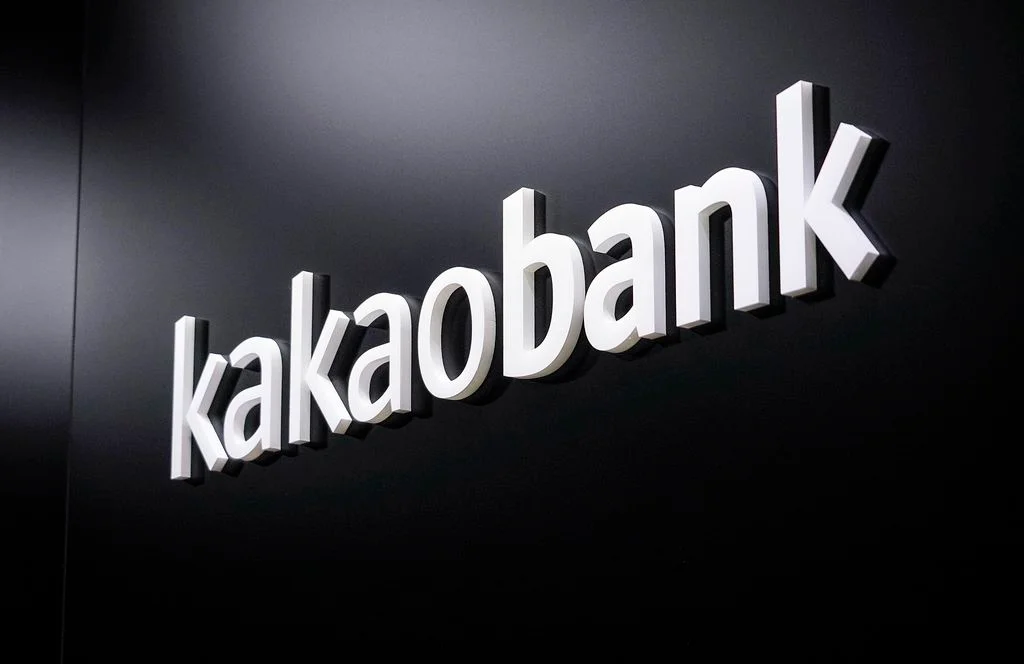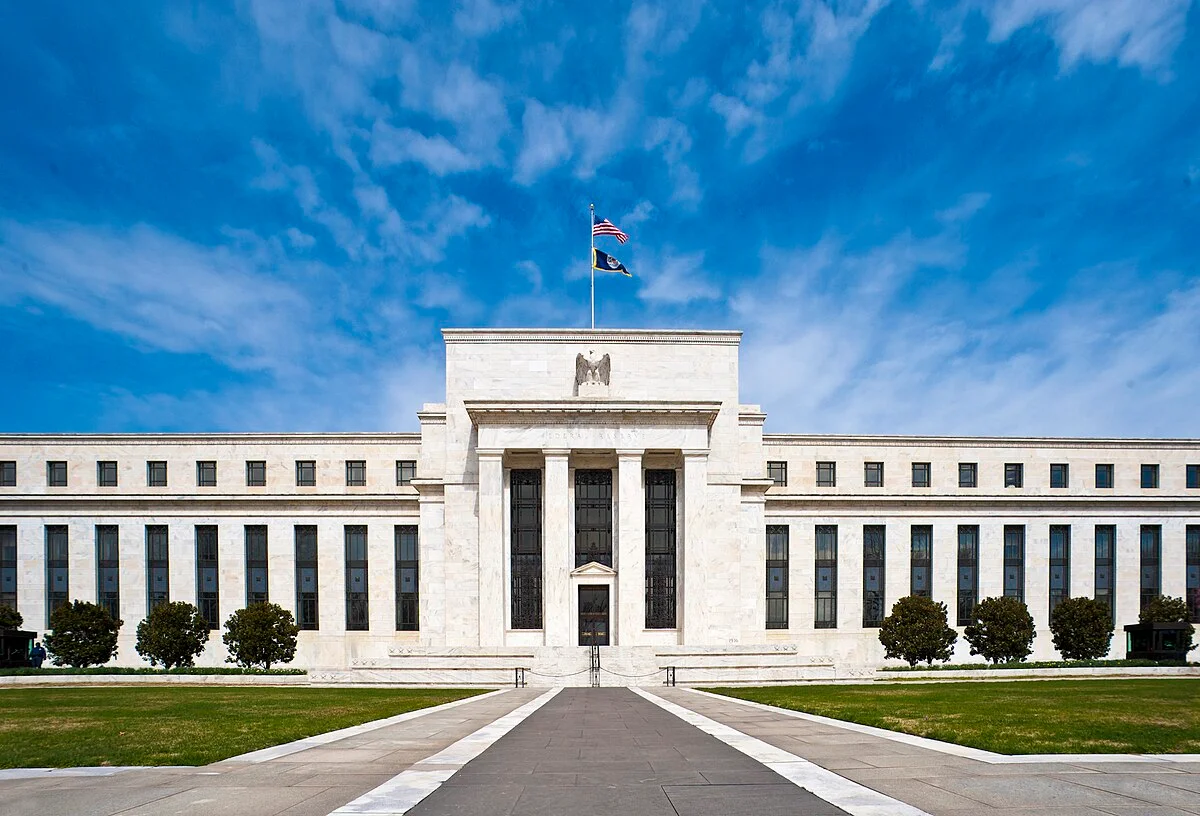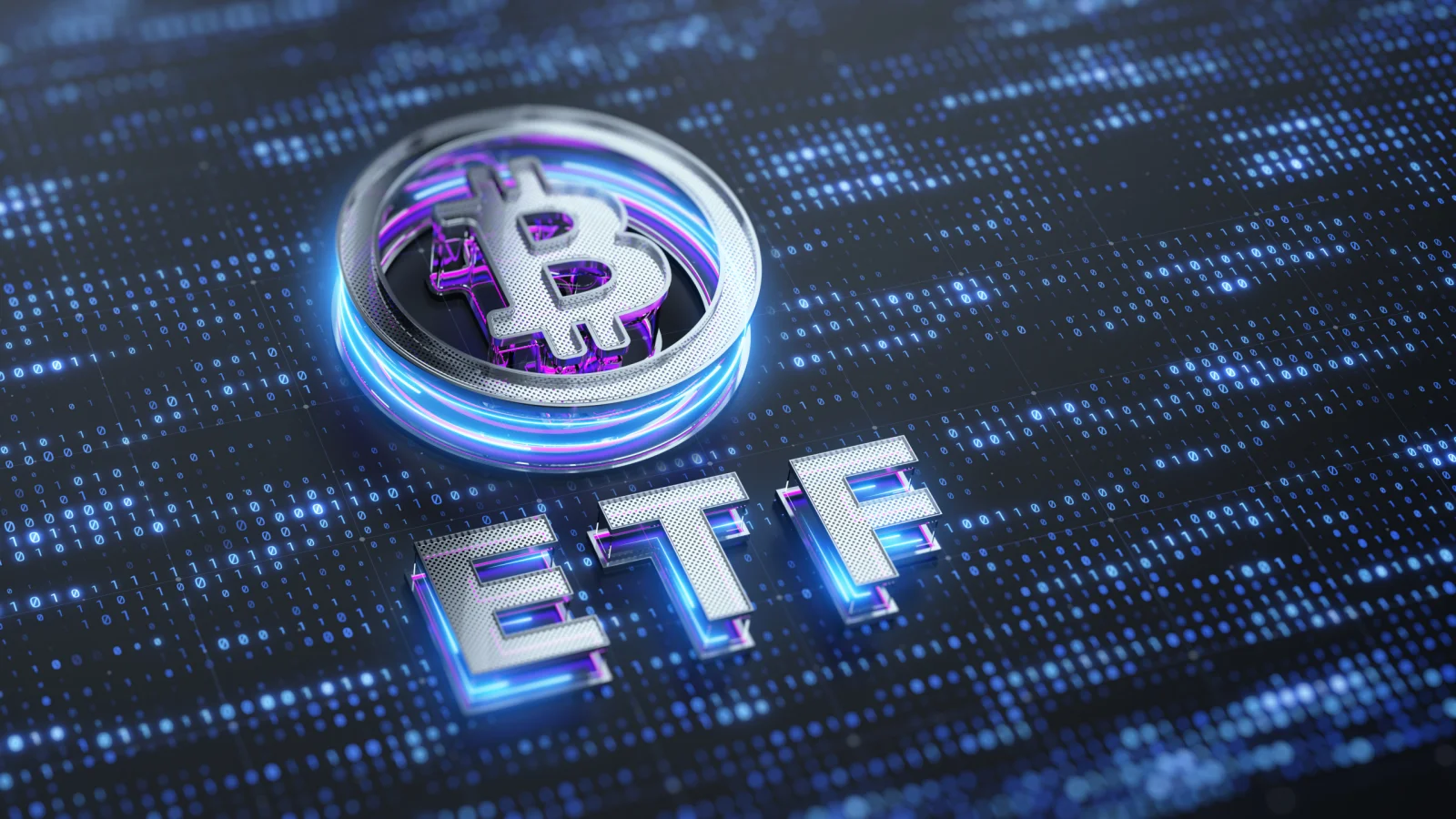KakaoBank, one of South Korea's leading digital banks, is preparing to enter the country's rapidly growing stablecoin sector. The company is evaluating plans to both issue stablecoins and offer custody services. This move comes shortly after the South Korean Central Bank halted its central bank digital currency (CBDC) pilot project.
KakaoBank takes the reins for stablecoins
KakaoBank Chief Financial Officer (CFO) Kwon Tae-hoon announced at the meeting where the bank announced its first-half 2025 financial results that it is actively evaluating various methods related to the digital asset ecosystem, particularly stablecoin issuance and custody services. "We plan to actively participate in line with market dynamics," Kwon said, noting that strategic steps in this area are being coordinated with other units within the Kakao ecosystem.
KakaoBank is currently part of a weekly stablecoin-focused task force that includes Kakao, KakaoPay, and the bank. This strategy team is led by Kakao CEO Chung Shin-ah, KakaoPay CEO Shin Won-keun, and KakaoBank CEO Yoon Ho-young.
From CBDC pilot to stablecoin move: The process continues
KakaoBank's shift towards stablecoins was significantly influenced by the Central Bank's cancellation of the CBDC testing process. This project, which had previously entered the testing phase with commercial banks, was suspended after President Lee Jae-myung introduced a new bill enabling stablecoin issuance.
Kwon Tae-hoon emphasized that KakaoBank is in an advantageous position in the sector in terms of technical infrastructure, saying, "We participated in both phases of the CBDC pilot; we developed wallets and managed transfers and transactions." Furthermore, over the past three years, the bank has gained experience in complying with KYC and AML regulations, such as opening real-name accounts for crypto exchanges. The new government, which took office following the June 3rd elections, is aiming to reform the financial system. President Lee Jae-myung has pledged to issue a stablecoin pegged to the Korean won (KRW). This stablecoin is intended for use in both domestic trade and international payments.
However, Central Bank Governor Lee Chang-yong remains cautious about the stablecoin plans. According to local media outlet Kukmin Ilbo, Lee remains skeptical about the risks and long-term impact of stablecoin issuance.
This shift in the stablecoin space has sparked significant individual investor interest in South Korean markets. Shares of Circle, the US-based company that issues USDC, were the most purchased foreign stock among Korean investors in June. Industry representatives speaking to Korean media indicate that Circle is in contact with local regulators to enter the Korean market.
Meanwhile, a new law in Hong Kong, which took effect on August 1st, has launched a licensing regime for stablecoin issuers.




